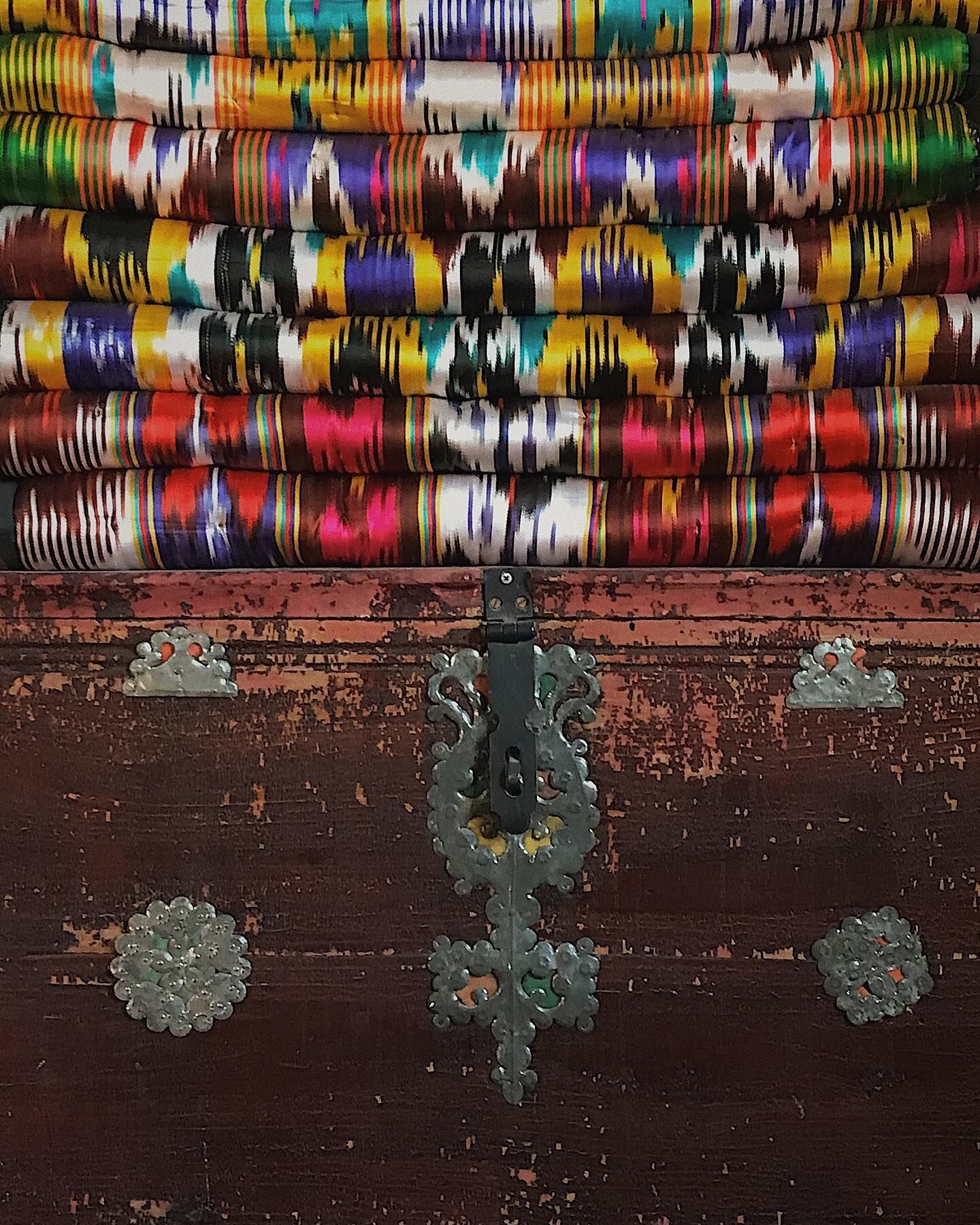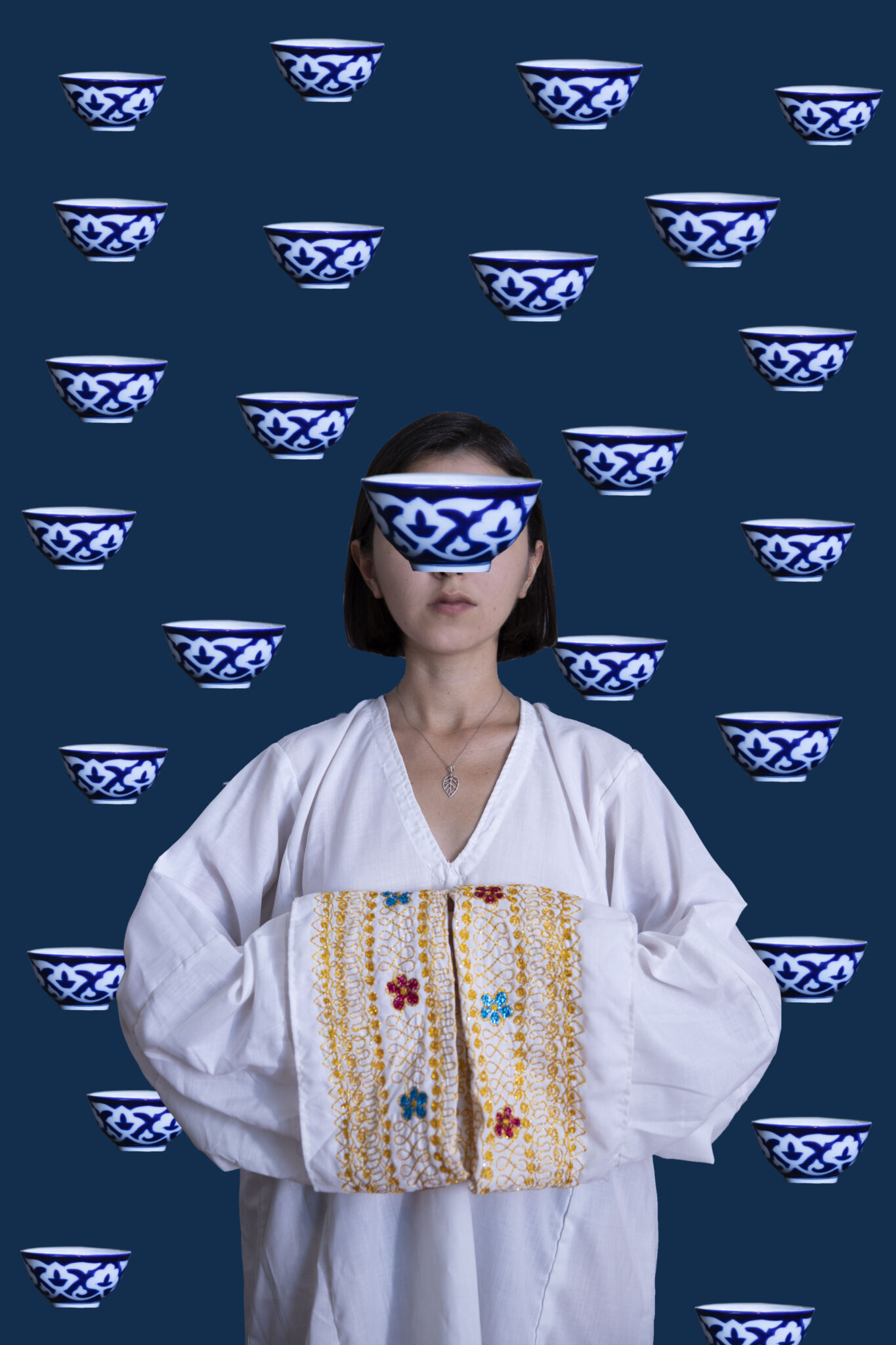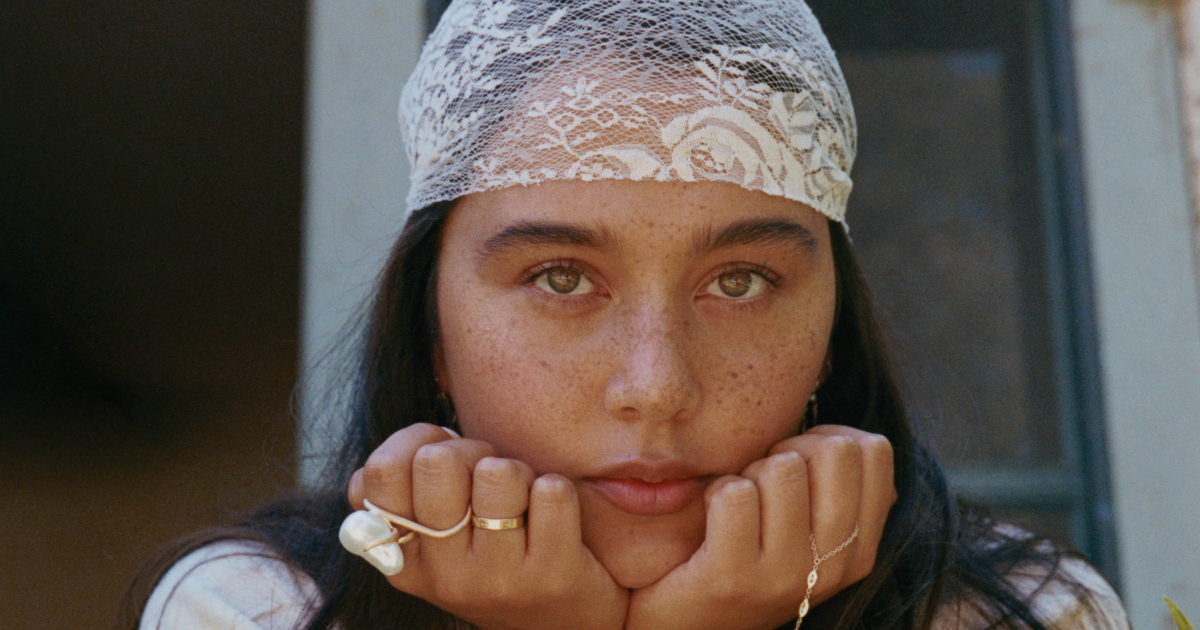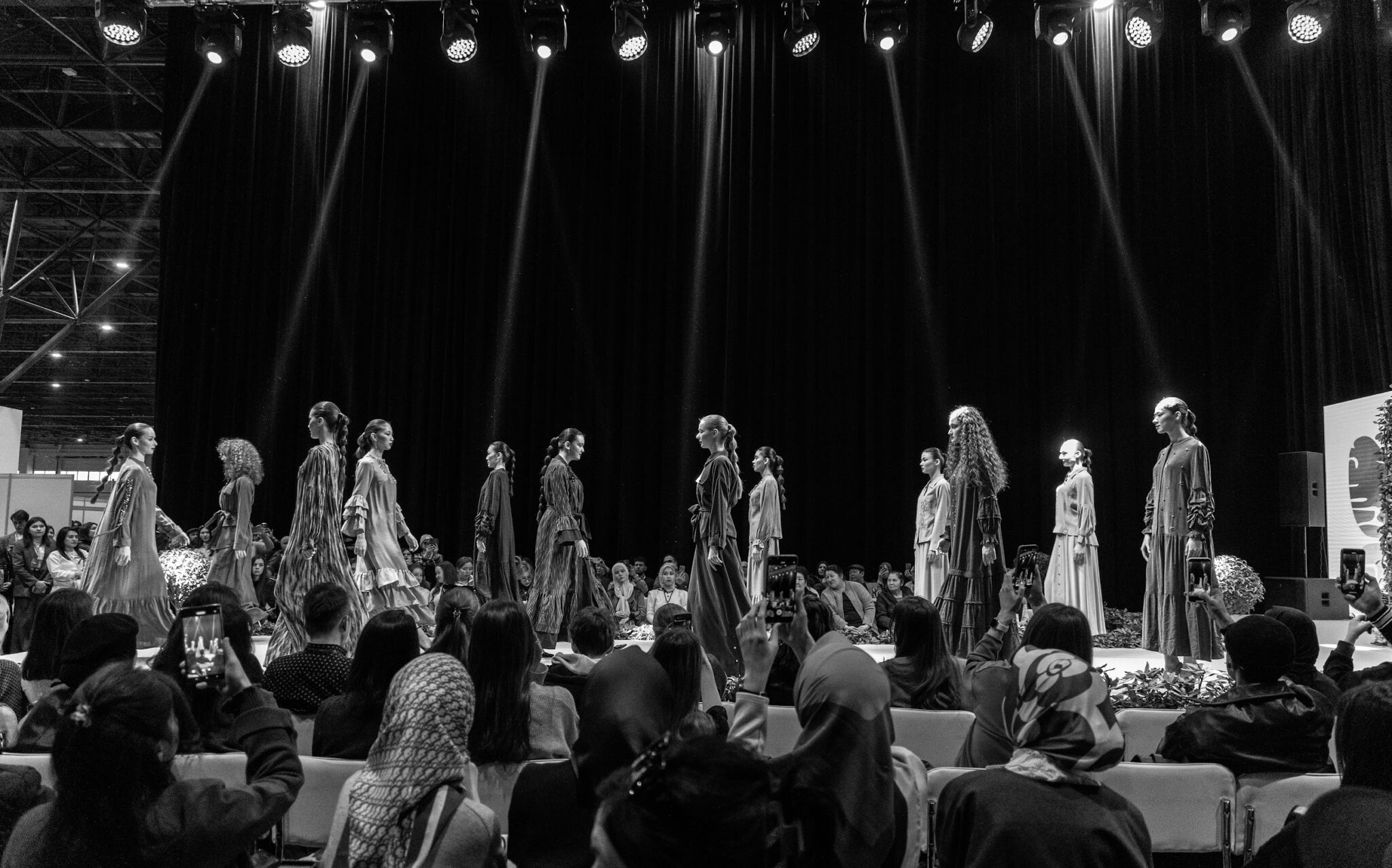Evolution of sarpo within last 30 years
A wedding has always been one of the most significant events for the Uzbek people. Traditionally, the preparation and collection of the dowry, known as "sarpo," have been sacred rituals. Over time, the customs of the dowry filling have changed. In modern Uzbekistan, this practice has transformed into an effective business model, and with the beginning of the pandemic, the approach to wedding rituals has simplified.

The Uzbek ethnicity is one of Central Asia's oldest and most numerous. Observing and honoring traditions has always been the duty of every Uzbek, regardless of their social status or worldview. Stereotypes shaped by the Uzbek society’s consciousness have remained largely unchanged for many years. Fundamental values of the Uzbek people have always included family ties and a sense of community. The topic of ethnic wedding rituals in Uzbekistan remains relevant today as they reflect the people’s views on daily life, lifestyle, and family values.

Photo: Serafim Dim
What is «Sarpo»?
"Sarpo" in Farsi means "to dress from head to toe." This explains the composition of the bride’s dowry 30 years ago and until recently. The life of a young Uzbek girl is divided into two parts: before and after marriage. Many families start collecting the dowry from the daughter’s birth or at the age of 14-16. This sacred process is approached with special care and attention: the dowry accompanies the bride to her husband's house, serving her in her new life and demonstrating her parents' wealth and taste.

Photo: Khayrullaeva Oyjon
How it was like 30 years ago
According to ancient traditions, the bride had to "decorate" two rooms in the new house: the bedroom and the living room. The dowry for the home included furniture (a bedroom set, a table and chairs for the living room, a sideboard along with dishes), carpets, curtains, chandeliers, several sets of festive dishes for hosting guests, home textiles (bedding, towels, robes for the newly married couples). A significant part of the bride’s dowry was a set of kurpacha (mattress-blankets, which in earlier times were hand-stitched by the bride’s mother and grandmothers). The dowry was often placed in a chest and transported to the new house in it.
The bride’s "sarpo" included everything the term implies: clothing for all seasons, both holiday and everyday wear, underwear, shoes, perfumes, and jewelry. Special mention should be made of the "yangi kelin" outfits, which the bride wears for a while after the wedding and on traditional holidays. These outfits are usually festive, adorned with rhinestones, beads, and embroidery in national style. In addition to the bride’s dowry, the bride’s parents also prepared "sarpo" for the groom, typically including a suit, shoes, perfume, and a national gold-embroidered chapan.

Photo: Serafim Dim
There is a "challar" event among the old Uzbek wedding traditions. On the second day after the wedding, the bride’s family hosts a dinner in honor of the newly married daughter, inviting the groom’s family and demonstrating the dowry.
Women who married over 30 years ago said that at that time there was a tendency for imported clothing, accompanied by the mandatory national dress sets with trousers (lozim), light colorful scarves, and several packs of various fabrics from which the bride could later sew her outfits.
These fabrics were packed to be easily displayed at the "challar" in front of the groom’s aunts. The layers of fabric were interspersed with cardboard, and to give it a more aesthetic look, the top layer was covered with cellophane, which was then ironed around the edges to secure it around the fabric.

Photo: Serafim Dim
Common fabrics in the bride’s dowry included brocade and "sand." The material composition, whether synthetic or a percentage of cotton it contained, was less important than the appearance of festiveness and appropriateness for the occasion. Fashionable home slippers with heels and fur on the toes were also popular among brides of that era. Mothers and grandmothers saved money from each paycheck to order imported or fashionable items for their daughter’s dowry. Today’s grandmothers recall the joyful moments of collecting "sarpo" for their weddings. It is particularly touching when part of a mother’s dowry and jewelry are passed down to her daughter, becoming a family heirloom and preserving warm memories from the bride’s chest.
Modernization of traditions
After the 2010s, collecting a bride’s dowry became a matter of showing off the family’s wealth and status. It became fashionable not to gather the dowry as a family and hand-stitch kurpacha or embroider suzani but to order fancy dishes from Dubai, buy imported clothing and perfumes, Turkish textiles, and kurpacha sets. The "sarpo" was transported not in chests but in specially equipped mini-trucks with transparent cargo areas and a large bow on the roof. The dowry business grew and flourished: companies emerged offering "sarpo" decoration services, velvet chest rentals, and specialized stores with a wide selection of everything needed for the dowry. Feathers, rhinestones, ruffles – a new bride’s bedroom could easily be distinguished from any other. Unspoken rules emerged, including the number of gift chests required for a bride or groom. Besides the newly married couples, fancy gifts were also prepared for each family member. Instead of "challar," the dowry was displayed with a great ceremony on the day of the pre-wedding engagement "fatikha" after the exchange between families. At the time, Instagram served as a platform for this so-called "vanity fair."
Recent 5 years changes
With the beginning of the pandemic, the trend for lavish celebrations began to vanish: weddings became more intimate, and priorities regarding old traditions shifted. Brides are no longer required to furnish living rooms, and there are no more "competitions" over the extent of the dowry: the bride and groom buy what they need for the first time themselves. Post-wedding traditions have also been simplified: rarely do families now display the dowry at "challar," brides are not required to wear national clothing during the first month of married life, and the "kelin salom" ceremony is now conducted immediately at the celebration without setting aside the following morning for the bride’s bows. Now, newly married couples prioritize cozy evenings with close ones and romantic travels over the dazzling display of wealth through the bride’s dowry.
However, it is worth mentioning that significant changes in traditions occur more frequently in the capital and differ from regional practices, where many people still honor age-old customs.


